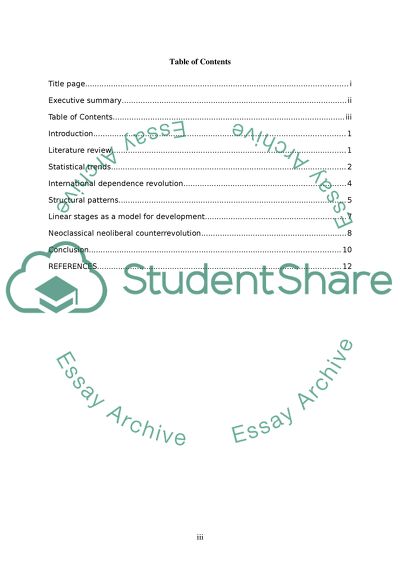Cite this document
(“Country development report Essay Example | Topics and Well Written Essays - 2250 words”, n.d.)
Country development report Essay Example | Topics and Well Written Essays - 2250 words. Retrieved from https://studentshare.org/human-resources/1692524-country-development-report
Country development report Essay Example | Topics and Well Written Essays - 2250 words. Retrieved from https://studentshare.org/human-resources/1692524-country-development-report
(Country Development Report Essay Example | Topics and Well Written Essays - 2250 Words)
Country Development Report Essay Example | Topics and Well Written Essays - 2250 Words. https://studentshare.org/human-resources/1692524-country-development-report.
Country Development Report Essay Example | Topics and Well Written Essays - 2250 Words. https://studentshare.org/human-resources/1692524-country-development-report.
“Country Development Report Essay Example | Topics and Well Written Essays - 2250 Words”, n.d. https://studentshare.org/human-resources/1692524-country-development-report.


